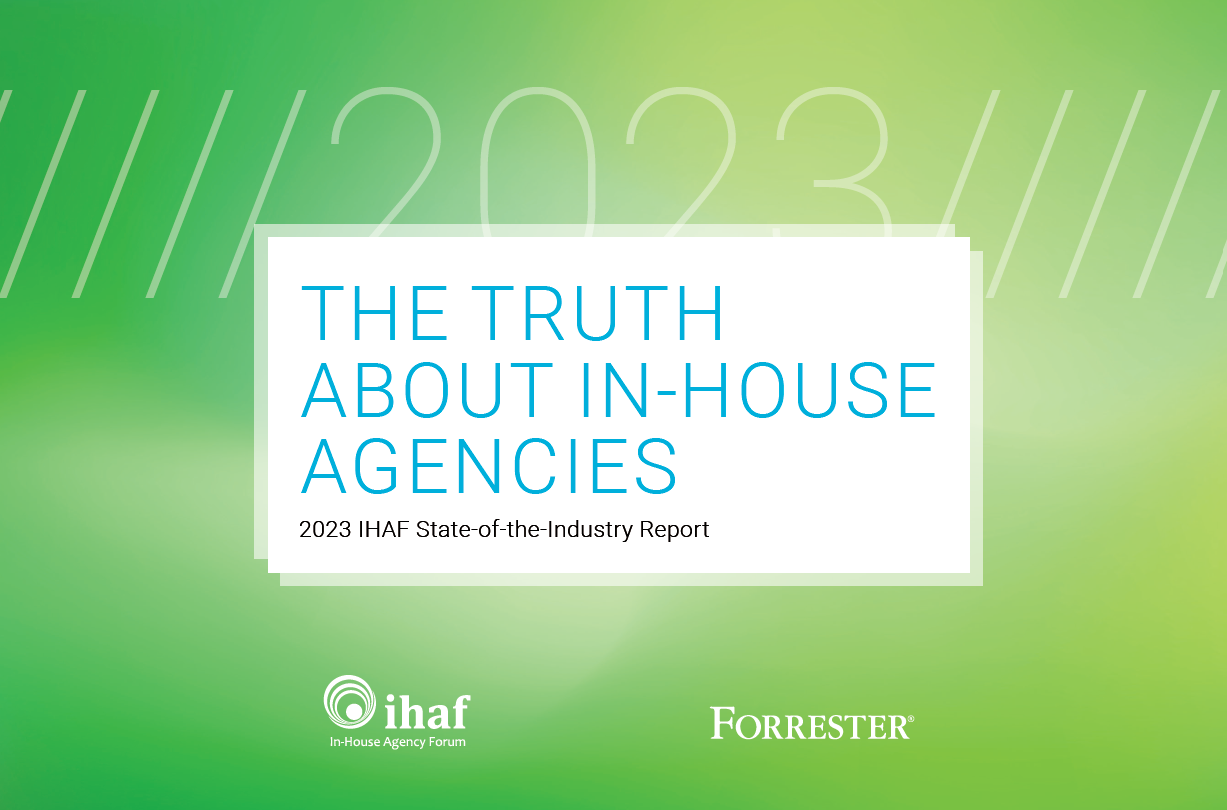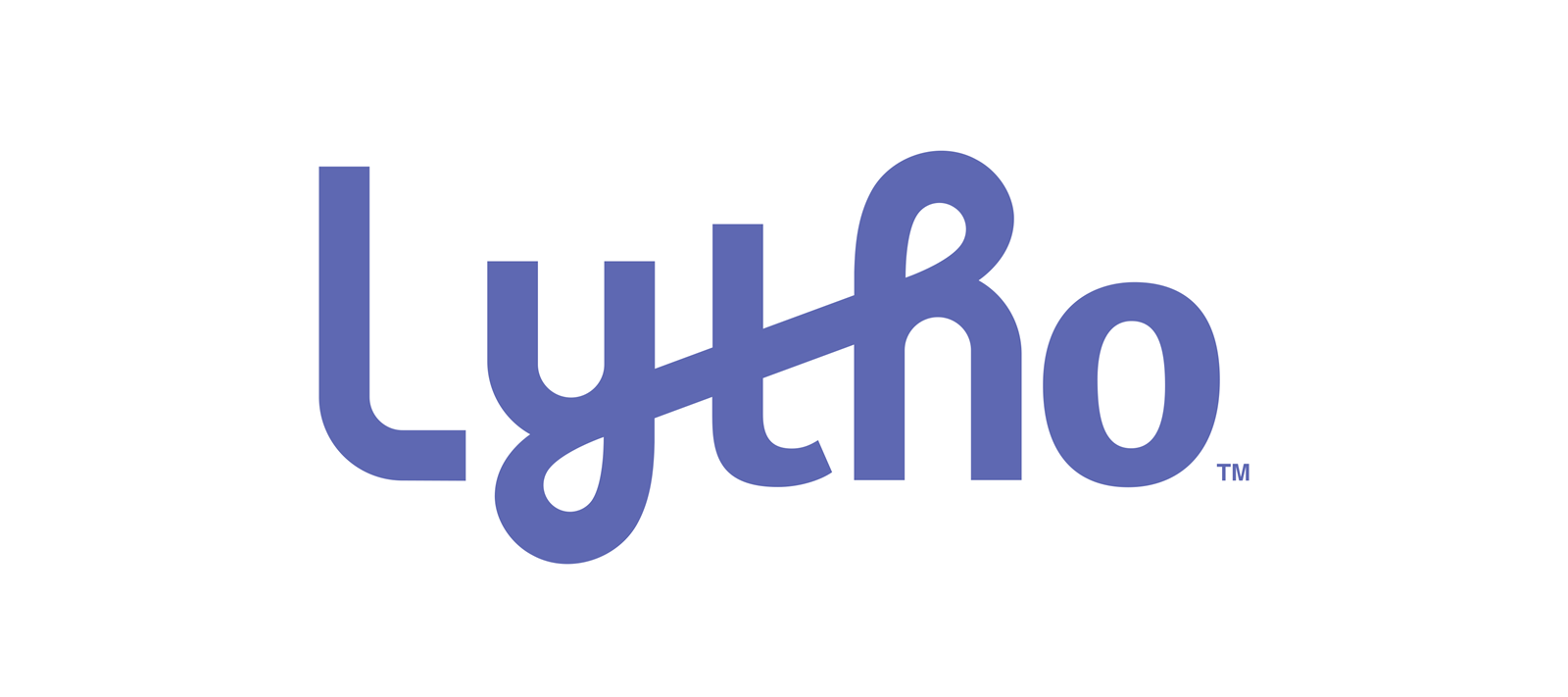Getting on the Same Page with Local Affiliates

So often, it can be painfully difficult to see eye-to-eye with your local marketing partners. The only thing they seem to care about is how fast they can get their materials delivered and how big their logo or phone number will be. Hardly seems like the right way to run a world-class brand—but the less you cater to their every request, the louder and unhappier they’re likely to be.
When it comes down to it, it feels like the old relationship adage is still the best way to put it. Designers are from Venus. Franchisees and dealers are from Mars. So how can in-house agencies move beyond these worlds-apart differences and help local affiliates be successful?
It starts with a simple idea.
The Planets Align Around Customer Experiences
Conventional thinking indicates that brand management teams and local marketers have very different priorities—the former interested in brand integrity, the latter focused first on sales. This is undoubtedly one of the first reasons that most people give for why the two groups have so much trouble getting on the same page. Designers are focused on producing Cannes-quality work that customers will notice and even enjoy. Local affiliates care much less about how nice the creative is than about how many sales it will help them make.
No wonder they’re not collaborating in perfect harmony—they’re trying to do totally different things! Actually, it’s far more productive to see the two players in this mini-drama being focused on a single, common objective instead of these polar opposites. What branding pros and local affiliates have in common is far more significant than what appears to set them apart.
In a word, it’s the customer’s experience.
No matter how different the two approaches seem to be, the key insight is that they’re both focused on creating an authentic brand experience at every customer touchpoint, most especially at the point of sale.
Designers and creative teams may be spending their time ensuring that the brand logo is the perfect shade of PMS 201 on every flyer and counter card (kudos if you know the brand I’m talking about). By trying to achieve that high level of brand consistency they’re focused on creating a pleasant and immersive experience of the brand for their customers.
On the other side, local franchisees and dealers might be worried that the URL included in the latest campaign isn’t live on the corporate website or that the landing page doesn’t show the inventory they have in-store. But what they’re really stressing over is whether their customers will be able to complete their purchases easily, or get fed up and abandon the process.
The customer experience is at the heart of both examples. Local marketers and in-house agencies are just coming at it from two different starting points. If you understand this, dealing with local affiliates is no longer doomed to end in frustration. Together, you’re trying to create the best customer experience possible.
Five Steps to Better Agency-Affiliate Collaboration
Once you’re able to see that your local affiliates are working toward the same objective, that by itself can feel like a breakthrough. But you’re not done yet—they’re probably still nagging you about all those minor things that feel counterproductive. The good news is, you can use this same insight to stop the flood and even anticipate what local affiliates are going to ask ahead of time.
Here are five steps you can take to see eye-to-eye with local affiliates with whom you work:
1.) Design Specifically for Local Executions. Usually, local execution of a branding effort is an afterthought—bolted on, if you will, to what the brand is already planning to do. Don’t let yourself be limited to this one-dimensional approach to local promotions. By beginning the design process with local execution in mind, you increase the likelihood that local affiliates will actually use your assets properly, in addition to creating a more holistic bond between the brand and its local selling outlet.
2.) Embrace Co-Branding, Don’t Ignore It. The brand identity of the local affiliate—whether franchisee, reseller, or retailer—should be an integral part of brand execution. If local dealers have their own logo and taglines, don’t assume they’ll be happy to replace them with your brand colors. You can build elements into your design that will help affiliates co-brand successfully—their assets may even look better when they follow your framework.
3.) Balance Brand and Local Messages. Price, place and promotion may be leading concerns for your affiliates when it comes to execution. These practical features are not antithetical to the brand message; they are an integral part of the message. If possible, consider giving the local affiliate equal play with the brand, remembering that it's at the local outlet that the brand may be experienced most completely.
4.) Encourage Partner-Generated Content. Your boss (and your boss’s boss) have been talking about user-generated content as the next big wave you absolutely have to pay attention to. Why let the content creation stop with your end-customers? Get your local affiliates to produce their own content and you could have a next-level campaign. Allow for brand messaging to be amplified by local content—without, of course, allowing the brand to be overwhelmed by it. Provide flexibility for local marketers to take credit for their place in the community, their relationship with local organizations, etc.
5.) Accept Feedback and Celebrate Success. Open the door for local thinking and suggestions to influence the way you design future assets. Creativity and engagement are two-way streets. Look for ways to fold local thinking into brand executions, and offer recognition for the ways in which local marketers win mindshare at the local level for your brand. At the very least, you’ll gain some fans in your affiliate network.
Turn Insight into Action
Local affiliates can seem unruly and difficult, especially if you’ve been on the other end of an email or phone call demanding changes be made to their ads at the last minute. Once you see that they’re just trying to get to a great customer experience—just like the ones you’re trying to build everyday—from a different angle, you can move past the frustrations and find common ground.
Stretching your brand-focused perspective to embrace their local perspective can be challenging. As with any habit, this one takes time to form. If you stick with it, however, you'll find that your team is spending less time putting out fires, and more time developing campaigns that have unique and compelling power for your brand.
Kevin Groome is the Founder of Pica9—the go-to local marketing software provider for major brands across industries. A veteran of the advertising industry, Kevin learned the trade as a copywriter at brands like Apple and Scholastic, Inc. and was also partner and creative director at a NY-based agency before founding Pica9. Over the years, he has seen what it takes to create authentic brand experiences for customers: superior brand design that never sits still but responds to the customer at each touchpoint and location.
Recent Posts

In-House Data: Fact or Fiction?
October 16, 2023
I’m going to be honest with you, which I always am but this time it’s scary honesty. There are a lot of in-house agency research reports out there. And not all of them contain data that are close to the integrity of the studies IHAF publishes—the next of which drops at the IHAF conference on …

IHAF Wrapped
December 20, 2023
One of our favorite things to do at year-end is look back at the events, presentations, and online resources our members tapped most. (Why should Spotify have all the fun?) Here are a few of your favorites in 2023:
• New Assortment of Org Charts Download • Updated Job Profiles …



















%20(1).pdf%20-%20Copy.jpg)

%20(1).png)


No Reader Comments